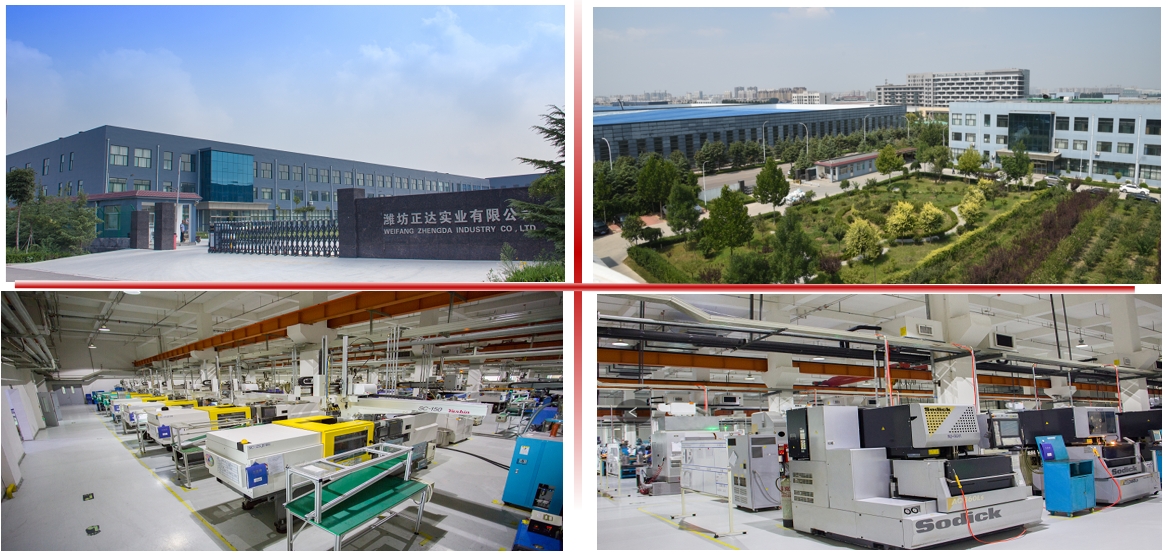At the heart of mould machining lies precision and efficiency. Through the use of high-precision CNC machine tools and advanced machining techniques, mould makers are able to ensure that the size and shape of each part meets the design requirements. This high-precision machining not only ensures product quality and performance, but also improves productivity and reduces manufacturing costs.
The process of mould machining usually includes a number of parts such as design, programming, cutting, grinding and inspection. Designers need to design a reasonable mould structure according to the product requirements, while programmers are responsible for converting the design into a code that can be understood by the CNC machine tool. Then, the CNC machine tool cuts and polishes according to the preset procedures, and finally undergoes strict inspection to ensure the quality and precision of the mould.
With the continuous development of science and technology, mould processing technology is also advancing. The application of new materials, new processes and new technologies makes mould processing more efficient, environmentally friendly and intelligent. For example, the use of high-performance cemented carbide and ceramic materials can significantly improve the durability and accuracy of the mould; the use of laser cutting and 3D printing and other new technologies can greatly improve the processing efficiency; and intelligent processing equipment and software can achieve more accurate processing and quality control.
In short, mould processing is an important part of modern manufacturing industry, which provides strong support for various industries with its high precision, high efficiency and high quality. With the continuous progress of technology and market changes, mould processing will continue to play an important role in promoting the development of the manufacturing industry.

Post time:Sep-25-2020
